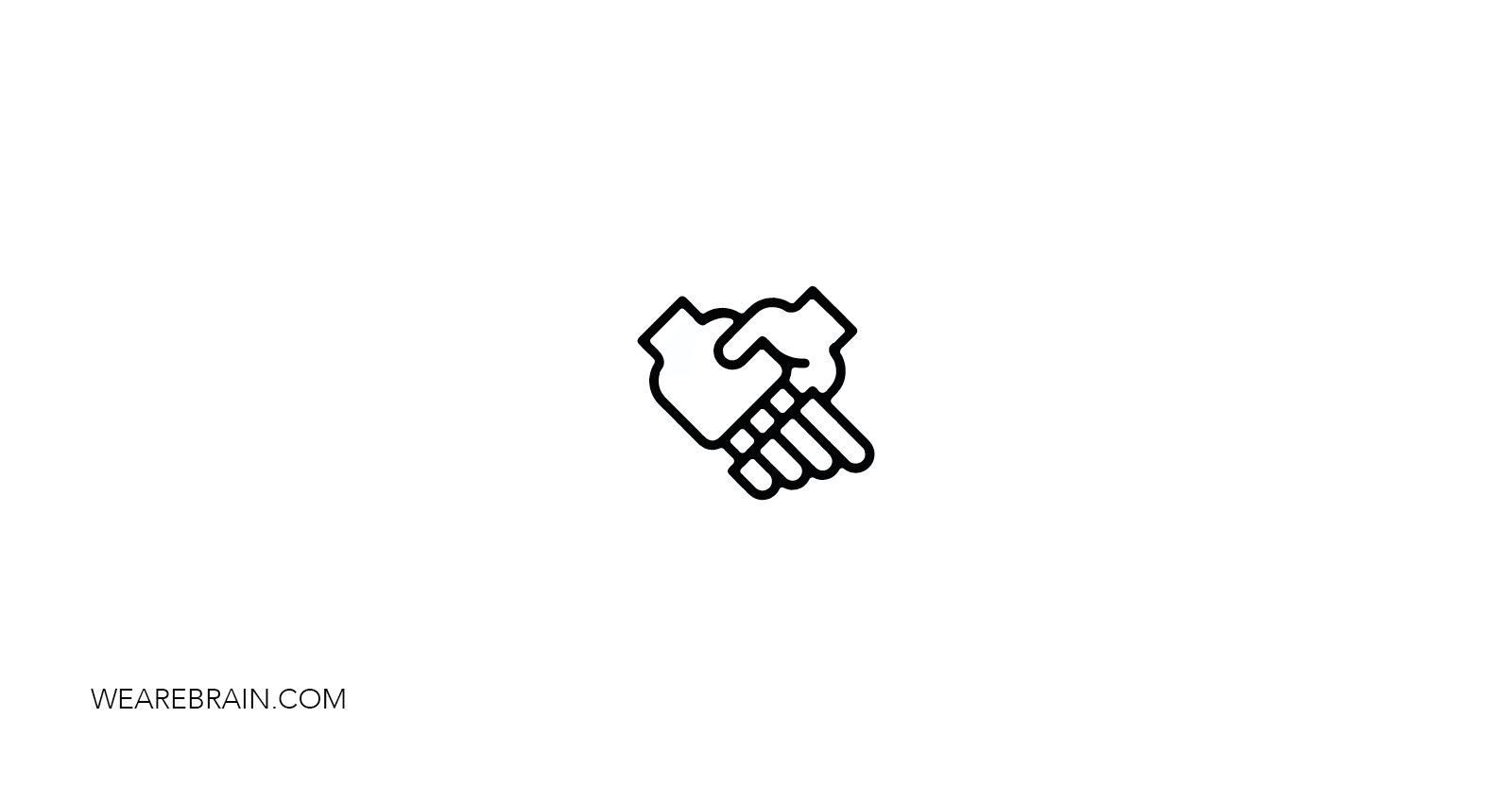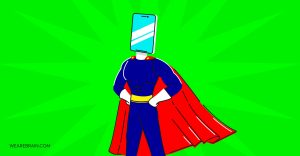The No-Collar Workforce, Deloitte’s Tech Trends 2018: A Review

One of Nasa’s newest employees is called George Washington. He is fully credentialed, has an active email address and works out of building 1111. He handles mostly transactional administrative tasks and he is a bot. He is one of a handful of bots that currently perform rote tasks for NASA and according to Mark Glorioso, executive director of NASA’s shared services centre, this is just the beginning. He, among others, are investing time and capital into building what is being called the ‘no-collar workforce’. For some, the prevalence of artificial intelligence, cognitive technologies and automation sound like the beginning of a nightmare, Terminator and Skynet style.
Add to that headlines like “When Robots take our Jobs” — Washington Post and “Robots will take our jobs, We better plan now before it’s too late” — The Guardian, there is understandable anxiety around how the growing capacity for technology to think and act will ultimately affect the workplace. Deloitte’s Tech Trends, 2018 edition tackles the topic head-on and they’re almost entirely positive that while these developments will certainly change working environments, it will be for the good. This is, of course, if those companies that are thinking about going the AI route do their due diligence beforehand.
At WeAreBrain we have been thinking and talking about AI development for a while now and we’ve put our money where our mouth is a couple of times in the recent past. When we developed Elio, our DevOps workbot, we had one specific thing in mind. How do we develop a bot that supports our team by taking away repetitive tasks that are easy to automate so that our DevOps stars can get more innovative doing things that excite them? By all estimates and according to this Deloitte article our intentions were certainly sitting in the right place. As they explain, by approaching the prevalence of these new technologies from the perspective of aiding teams, either by removing mundane tasks that don’t require human oversight or alternatively gearing your AI towards augmenting human performance, you’re providing space for employees to innovate.
It’s not quite so simple of course, because while those in tech positions and some company leaders are early adopters it is still for the rest of an organisation to adapt to new ways of working. Deloitte also examines the role that HR departments and companies will need to play in this evolution. Adapting talent searches, job descriptions, skills training and monitoring this no-collar workforce is no mean feat. If I’m honest while I was reading the article even I had a measure of hesitancy when they started to talk about performance reviews for machines. But, what they’re not wrong about is that adopting more sophisticated technology is not just the terrain of the tech team. To really ensure that your bots or automation programmes are successful you need to bring the whole company along with you.
In the diagram below Deloitte does a great job determining the ability split between humans and machines. As you’re able to see machines are much better (and have been for a while ) at scalable processing capacity, fast recall and computation. While human strengths like complex problem-solving, judgement and handling ambiguity clearly indicate that there is a definitive difference between what machines can do and what humans should do. Their remark that “Indeed this trend unlike others examined in tech trends 2018 is more like a promising journey of discovery than a clearly defined sprint towards the finish line” makes this field of innovation particularly exciting.
Over the last several years WeAreBrain has also been working on Tur.ai, a user-friendly machine learning technology that helps create and train a “virtual workforce” that we have been using to develop chatbots and workboats for ourselves and clients alike. When developing Tur.ai we followed the familiar mental model of hiring and training for the job, and created a system that adds human-friendly interface and interaction to employ artificial intelligence to get jobs done. As we extend our research and development into this space we’ve been working on finding the sweet spot between machine capability and human interaction to ensure that the AI we’re creating is not only easy to engage with but is also an experience that is designed with the user in mind. In the near future we will be unveiling some really exciting builds (so watch this space).
The Deloitte article also interrogates two specific elements that will help drive the seamless integration of AI into a company. They are culture and ‘tech-fluency.” A normal working environment is traditionally made up of workers in specific roles and carrying out clearly defined tasks within established processes. “These workers likely have fixed ideas about the nature of employment, their careers and about technology’s supporting role in the bigger operational picture”. This begs the question. What happens to this cultural understanding of how the workplace works when you start taking some of these tasks away from human workers? How does this affect morale and is it truly feasible that humans and machines can work together seamlessly in a way that promotes productivity? It seems likely that the effect on morale will be tempered by the second influencing factor ‘tech-fluency’. “Being ‘fluent’ in your company’s technologies means understanding critical systems — their capabilities, adjacencies, their strategic and operational value and the particular possibilities they enable” or more simply translated, having a clear understanding of why and how these new AI, automation and cognitive technologies will be implemented in a practical sense.
It needs to be taken into consideration that companies wanting to implement a move towards including a no-collar workforce in their staff set should not assume that workers “will be sufficiently fluent to adapt quickly to new technologies”. This leads to the necessity for training, which is essential to the successful adoption of new processes and systems. An augmented workforce is no different. “In the absence of a shared understanding of enterprise technologies and their possibilities, companies cannot nurture the collective imagination necessary to move toward a new strategic and operational future. Becoming conversant in technology can help workers from all backgrounds understand not only the realities of today but the possibilities of tomorrow.”
So with all that said, is there really a roadmap available to guide companies and their tech agencies through this next evolution in tech innovation? Deloitte outlines five keys steps that need to be taken to ensure a global company acceptance and understanding of a no-collar workforce.
1. Assess your needs
They encourage you to really question whether or not a no-collar workforce is truly the right step for your company. Explaining the best way to be sure, is to identify all your ‘mission-critical’ activities that do not need human intervention at all. Alternatively, are there opportunities to augment human performances in those areas? Above all are those opportunities compelling enough to make the shift.
2. Understand how work currently gets done
With each task that is being performed within a given process, find out who is carrying out the task, the specific skill set required to complete the task. What technologies are currently enabling task completion, including both adjacent and dependent tasks within a larger process. When looking at this critically it will help inform your decisions around what to automate and of course whether or not it would be a fit at all.
3. Categorise skills and tasks
Simply put, define the difference between the skills that only humans are able to do and those machines can take over. A good guide when considering is to just bring Deloitte’s brain diagram into the room when doing your investigation. Where are judgement and creative thinking required?. Which tasks are repetitive and have limited complexity that machines can perform? Aside from informing the initial decision to build your new workforce, it is an exercise that could also assist in redesigning job roles and identifying new opportunities.
4. Investigate tools and tactics
Do a little competitor analysis. What cognitive technologies and advanced robotics solutions are other companies in your field using? What’s new in the space, is something new on the horizon that could truly change the way your business operates for the good? Which brings another thing to mind, with how quickly new technologies come online, is this the release for you or is it better to delay until something truly fits your needs? Further to that, if you do your research, you will likely be in a better space to design a solution that is perfect for your needs.
5. Easy does it or full steam ahead
This step requires a bit of company introspection. Is your organisation ready to go full force into a change towards automation initiatives involving bots? Are you prepared for a big change or are you more geared to a slower more steady integration. The truth with this one is that it is company-specific and that it is important to investigate your motives for change as well as whether you are indeed in the space both culturally and tech-fluently to make large scale changes.
In closing, the technology is here and it is only getting smarter so it does seem that at some point every company will have its own version of a no-collar workforce. Finding the right solution for you and the speed at which you bring AI into your company is unique to you. There is no right or wrong answer here, but I’d take into consideration that even NASA started with only 1 bot.
Source: Deloitte Insights — Tech Trends 2018, The Symphonic Enterprise
Elvire Jaspers
Working Machines
An executive’s guide to AI and Intelligent Automation. Working Machines takes a look at how the renewed vigour for the development of Artificial Intelligence and Intelligent Automation technology has begun to change how businesses operate.







